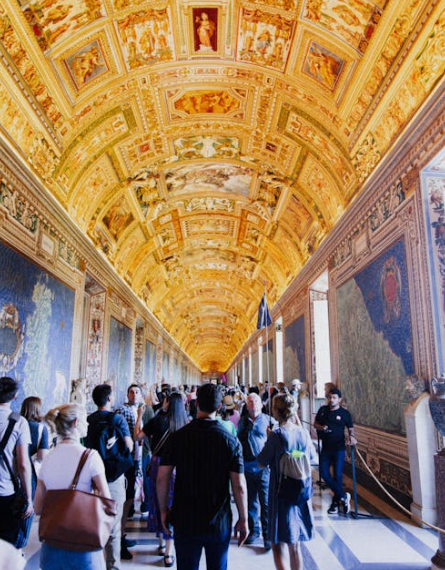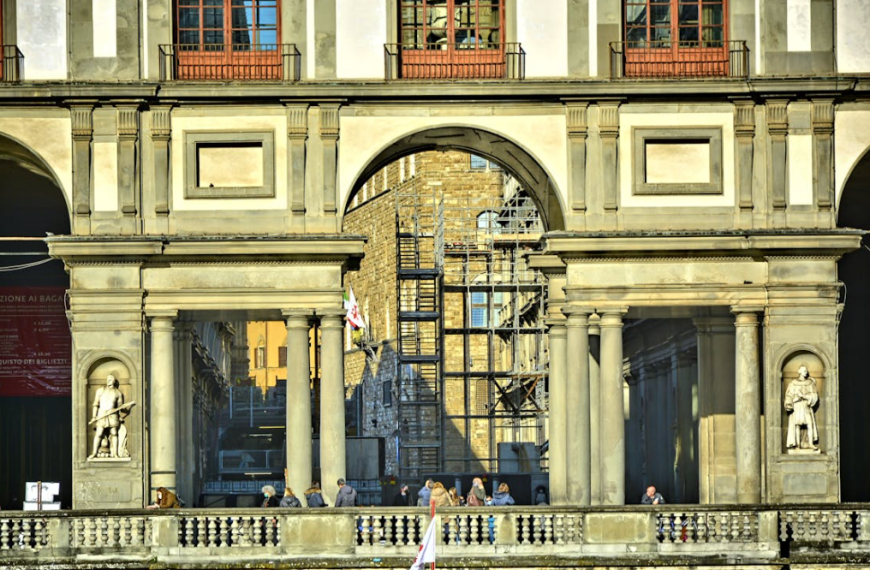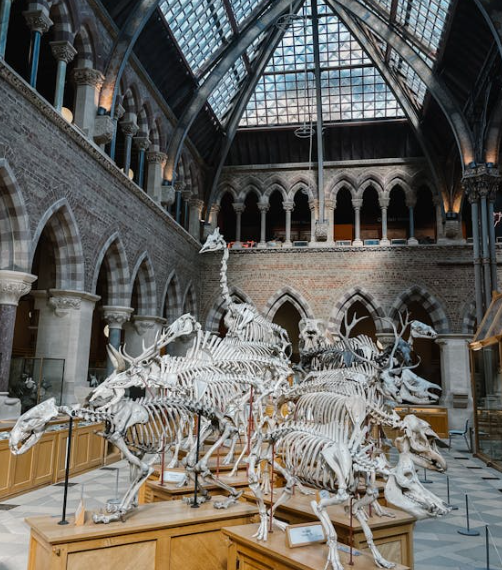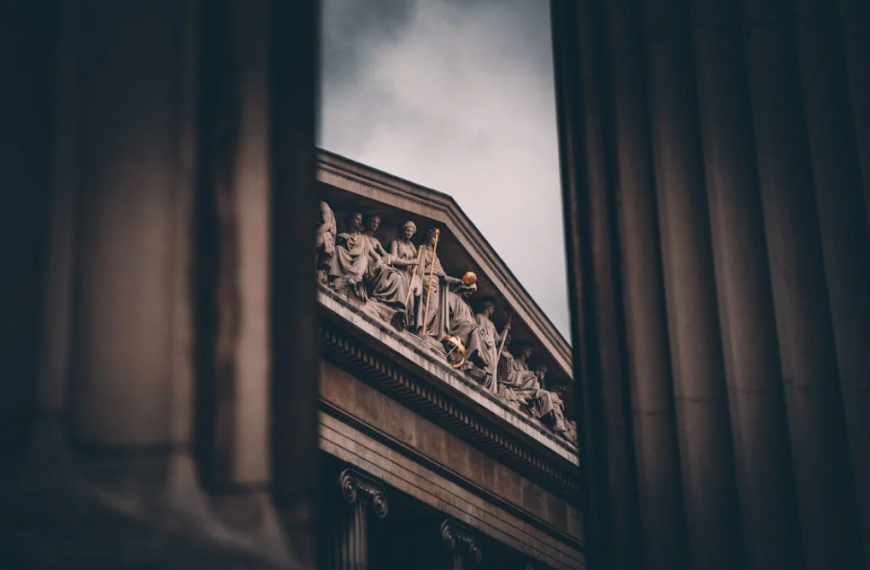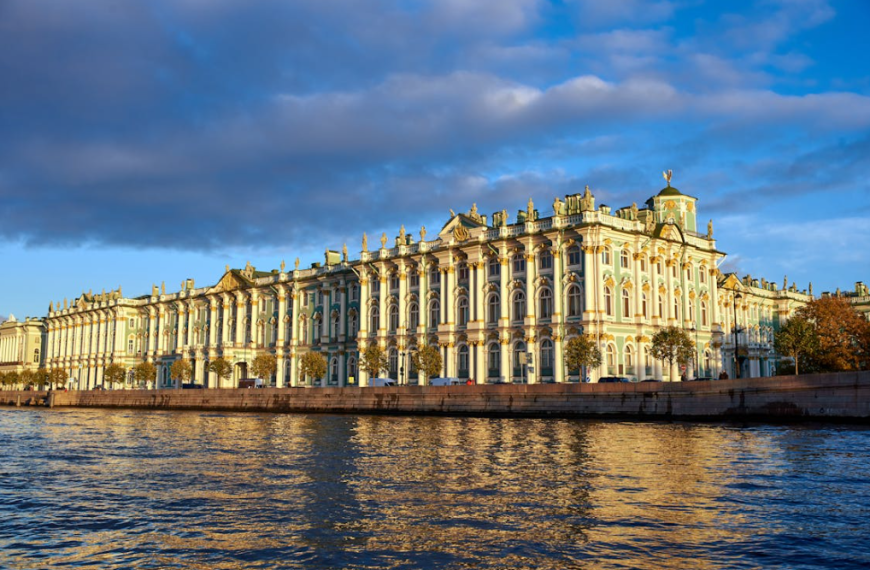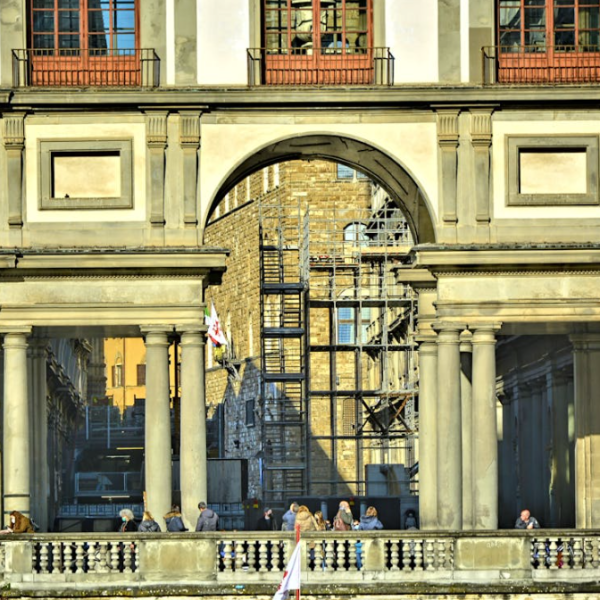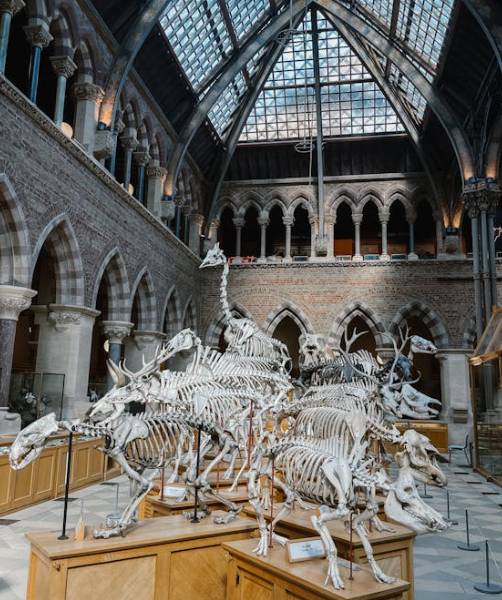A website called Biased BBC didn’t like a BBC show about the Norman conquest of England in 1066. They were upset because in the show, a character named Robert de Beaumont was played by a black actor named Jotham Annan. Robert de Beaumont was supposed to be white, so they didn’t like the casting choice.
The real Robert wasn’t from Africa. But because the BBC show had a black actor play him, it made people wonder if black people were in medieval Europe. Even though many history books don’t talk about them, they were there. They came as traders, explorers, warriors, and maybe for other reasons we don’t know. One of them even came as a king.
The Fourth Crusade Encounters a Nubian King
Robert de Clari was a French knight who joined the Fourth Crusade. In his book called “Conquest of Constantinople,” which he wrote around 1216, he talks about meeting Africans in medieval Europe. This helps us understand more when we look at other sources too.
In 1203, during the Fourth Crusade, the Crusaders were in Constantinople, helping in a big fight for power in the empire. They were there because Alexios IV Angelos asked them to help put his dad, Isaac II Angelos, back on the throne. Both of them ended up becoming co-emperors.
While they were in the city, they saw a Nubian king, but Robert didn’t give his name. He said:
And while the barons were there at the palace, a king came there whose skin was all black, and he had a cross in the middle of his forehead that had been made with a hot iron. This king was living in a very rich abbey in the city, in which the former emperor Alexios had commanded that he should be lodged and of which he was to be lord and owner as long as he wanted to stay there.
Robert said the king had a cross marked on his forehead, which was common for Nubians back then (and some still do it today). Robert probably didn’t make this detail up, so it’s likely true.
Nubia and Christianity
Saying that the Middle Ages and Christianity were only for white people means ignoring a lot of history. One part of that history is about the black African Christian Kingdoms that were strong in northeast Africa during the Middle Ages. Some of these kingdoms were in Nubia.
Nubia is the area south of Egypt, in what’s now southern Egypt and Sudan. It’s a connection between sub-Saharan Africa and Northern Africa, along the Nile River. Medieval Nubia was around the same time as the European Middle Ages: from about the 4th century CE when the Kingdom of Meroe fell, to around the 15th century when Arab Muslims from the north took over.
For about 1100 years, Nubia was mostly a Christian kingdom. Byzantine missionaries made it officially Christian in the 6th century. It was one of many black African Christian cultures in the area. Until the 8th century, there were three kingdoms in Nubia: Nobadia, Makuria, and Alwa. But in the early 8th century, Makuria took over Nobadia, so there were only two kingdoms left.
Even though Nubia and Ethiopia are part of the “Churches of the East” (meaning they’re non-European Christians), they’re rarely talked about in early Christianity discussions. But they’re just as important as the Christian communities in places like Syria, Armenia, Georgia, India, or Egypt. And they weren’t just small churches; they were whole Christian kingdoms.
Moses George in Constantinople
So, about the Christian Nubian king who went to Constantinople: Robert doesn’t say his name, but Nubian documents studied by Giovanni Ruffini suggest it might have been King Moses George. Robert said Alexios treated this king with a lot of respect, showing how important the king was.
When the emperor saw him coming, he rose to meet him and did great honour to him. And the emperor asked the barons: “Do you know,” said he, “who this man is?” “Not at all, sire,” said the barons. “I’faith,” said the emperor, “this is the king of Nubia, who is come on pilgrimage to this city.”
Other writers of that time didn’t seem to care much about King Moses George’s visit. Even though he went to the emperor’s court in Constantinople, no Byzantine Greek writer talked about it.
This makes us think of three possibilities:
- There might have been other writings about this event, but we don’t have them anymore.
- Robert de Clari might have made the whole thing up (though we don’t know why he would).
- Maybe seeing a Nubian king visit wasn’t as strange for people back then as we think it is.
Scholars who have looked at this event have different opinions on what really happened. But I lean towards the third possibility.
Firstly, people in Constantinople were proud of being able to welcome many embassies and different cultures. For instance, Eustathios, Archbishop of Thessaloniki, mentioned that Ethiopians were hosted at Emperor Manuel I’s court around 1173 or 1174. This was important to them. Also, it seems there was an interpreter at the court who could help the Nubian king talk to his hosts. Robert tells us:
Then they had an interpreter talk to him and ask him where his land was, and he answered the interpreter in his own language that his land was a hundred days’ journey still beyond Jerusalem, and he had come from there to Jerusalem on pilgrimage.
Robert also pointed out that the king was a Christian and was doing something very Christian for the medieval times: going on a pilgrimage. But this wasn’t just any pilgrimage. He had already been to Jerusalem and was now heading to Constantinople (although many of his group had died on the way). After Constantinople, he wanted to go to Rome and then to Santiago de Compostela, and finally back to Jerusalem. He even planned to die there:
“He said he wanted to go on a pilgrimage to Rome, then to St. James, and then come back to Jerusalem, if he lived long enough, and then die there.”
Santiago de Compostela and Rome
This journey was quite ambitious, maybe even a bit unreal. Looking at the route on Google Maps, it would cover 13,246 kilometers (8230 miles) if done over land. But these were famous places to go on a pilgrimage.
The shrine to St. James in Santiago de Compostela, Spain, has been around since the 9th century. The Camino de Santiago (Way of St. James) was and still is one of the most popular pilgrimage routes in medieval Europe.
Medieval Spain was a mix of many different people. While most people think only European Christians went on pilgrimages to Santiago, this isn’t true. In fact, a Latin text from the 12th century lists Nubians as one of the 72 different groups of people who went on pilgrimages there. And even a hundred years after King Moses George’s trip, in 1312, historian Ibn ‘Idhāri al-Marrakuši also talked about Nubians going on pilgrimages to Santiago. So even if the king didn’t go or didn’t make it, other Africans did, and they were among the black people in medieval Europe.
In contrast, we don’t have much information about Africans in Medieval Rome. So far, we haven’t found any evidence of Nubians in Rome, but that doesn’t mean they didn’t come. We don’t know if the King’s visit went unnoticed or if he never reached the city.
On an interesting note, there was a significant African community in medieval Rome in the 15th century. Starting in 1402, Ethiopian embassies visited various parts of Europe, including Spain, France, and Italy. This contact continued, and by the 1480s, the church of Santo Stefano degli Abissini was built or restored in Rome specifically for Ethiopians. This provided a permanent place for Ethiopians to worship and created a growing Ethiopian community. We don’t know exactly how many Ethiopians came or all their stories, but the fact remains that black Africans were present and accepted in medieval Europe, especially later on.
Some Other Considerations
King Moses George’s journey only scratches the surface of how Africans were in medieval Europe. Just because many medieval sources don’t talk about Africans doesn’t mean they weren’t there. It just means the writers didn’t focus on them. If a Nubian king’s visit wasn’t unusual, Greek sources might not mention it. People from Europe traveled to Africa, so it makes sense that Africans would travel to Europe too.
Africans shouldn’t only be thought of as Muslims or pagans, or as something exotic. Many were Christians and often met European Christians in places like the Holy Land and Europe. Just like in the BBC show, some Africans and Europeans were probably friends. And big European cities weren’t all the same; lots of different people, of all colors, were always coming and going.


